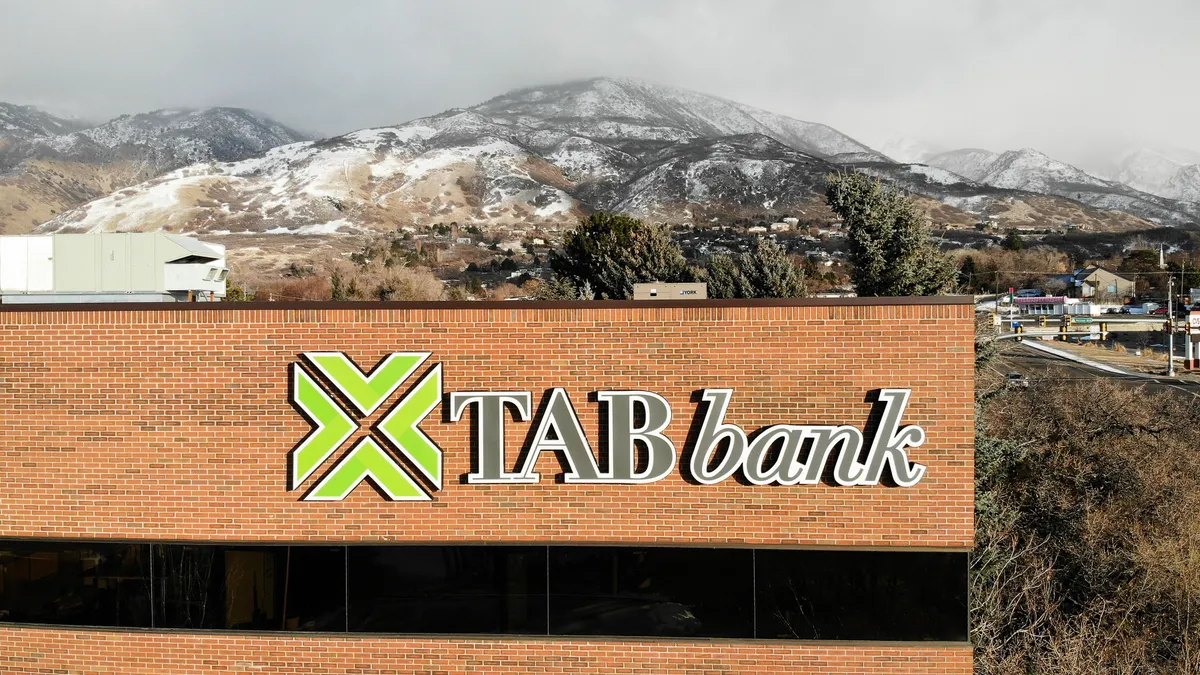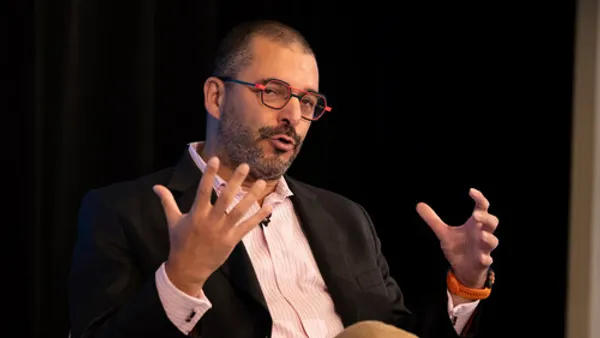Having spent nearly two decades at Zions Bank, Tami Fisher aims to apply her technology strategy experience to her C-suite role at a smaller Utah lender.
Fisher is the recently appointed chief information officer at $1.5 billion-asset TAB Bank, based in Ogden, Utah. TAB, founded in 1998, started by serving the transportation industry, but has since expanded to catering to small businesses and consumers.
In her role, Fisher is zeroing in on “finding that sweet spot that makes TAB unique … and optimizing that from a technology perspective.”

Fisher joined TAB in July after spending 18 years at Zions Bank, where she most recently served as director of technology, strategy and governance. There, she steered the design and execution of Zions’ three-year technology transformation strategy. At the Salt Lake City-based regional, Fisher said she learned “technology can be as critical an enabler as you want it to be.”
“It underpins all of our corporate strategy,” she said. “I really learned the relationship between what the organization wants to do and needs to do, and how technology can help them enable those.”
As TAB explores opportunities to develop products for niche markets it serves, Fisher leads the assessment of whether the right move is buying a product off the shelf and customizing it; or building the product, if it’s something that’s integral to the bank’s competitive advantage, and how the lender can do that in a way that supports other elements of TAB’s technology ecosystem.
“We spend a lot of time talking about build versus buy,” she said. “When is it important for us to buy and leverage a platform that has 85% of the capability that we need, and maybe we build the 15% to keep it really focused on the needs that we have?”
Fisher aims for that consideration to be “a little more practiced, a little more uniform on how we make those decisions,” so it doesn’t have to be discussed on a case-by-case basis.
Still, “the tricky part of being a bank our size is economy of scale,” she said. Leveraging resources in a creative way is top of mind for Fisher.
Fisher’s team may see opportunities to create unique offerings that support the lender’s competitive advantage, “but I also know that I have to balance that with, how do I stay relevant for the company, to make sure that we’re supporting them in their needs, and also how do we make sure that we’re doing that in a really judicious and fiscally responsible manner?”
The smaller bank may have fewer resources than Zions, but TAB business leads can sit down together to discuss a problem a customer is having and brainstorm potential improvements, Fisher noted.
“The technology organization here is so close to the business that they actually feel the problem, they know the problem, they know the customer,” Fisher said, calling TAB more nimble than larger counterparts.
At TAB, Fisher sees opportunities to leverage the cloud and artificial intelligence more than the bank is currently. As for the latter, that likely means using third-party tools such as Microsoft Copilot.
The bank is using AI in certain pockets of the company right now, but Fisher would like to see the bank leverage generative AI when it comes to code reviews, to give developers a leg up.
“I want to make sure that we’re staying in front of some of those trends and we’re not going to be kind of a slow follower,” she said.
It can be challenging for some technology leaders to get a seat at the table of the overall organization, Fisher said. But “every company is now a technology company, and so that seat is deserved and it’s necessary to be able to produce the outcomes the organization needs,” she added.
Tech leaders “need to make sure that … we’ve got those seats,” she said.













